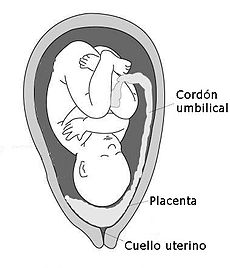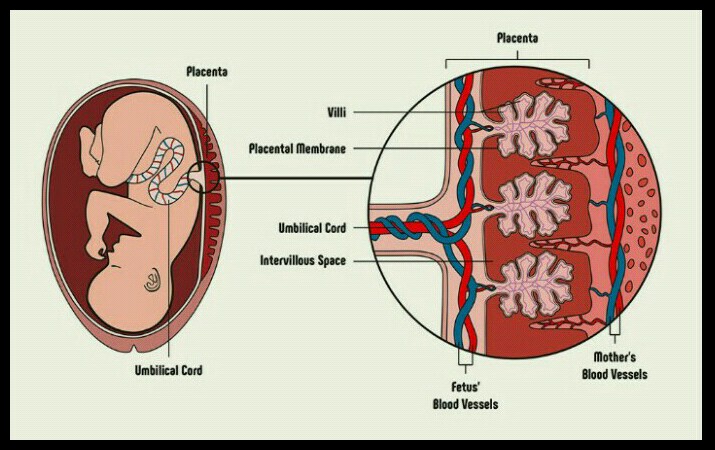What is placenta? Explain its structure and function .
the embryo gets nutrition from the mothers blood with the help of a special tisue called placenta
this is disc which is embedded in the uterine wall .it contains villi on the embryo 's side of the tissue . on the mother 's side are blood spaces whici surrounds villi . this provides a larger surface area for glucose and oxygen to pass from mother to the embryo . the developing embyo will also generate waste substances whihi can be removed by tranferring them into mother 's blood through placenta





